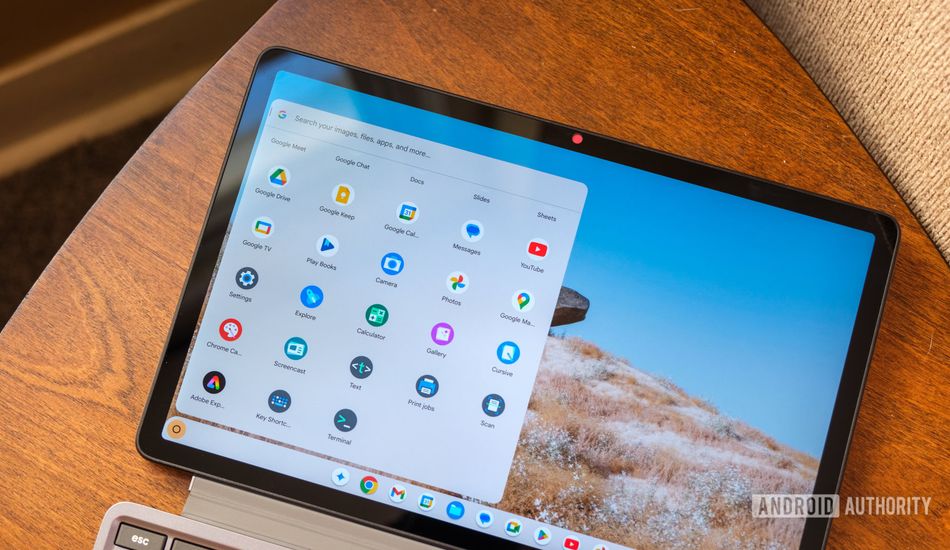
Android Desktop Mode: The Future of PC Computing or ChromeOS's End?
I've always been excited about the idea of a truly unified operating system, one that seamlessly bridges the gap between our phones, tablets, and laptops. The news that ChromeOS might be merging with Android has me particularly interested. While I have fond memories of using ChromeOS, the prospect of Android running natively on my laptop is genuinely exciting.
Recently, I had the chance to play around with Android 16’s beta Desktop Mode, and I must say, I was impressed. Even though it's still in beta, it's surprisingly functional. We're talking window management, multi-desktop support, and easy connection of accessories and external storage – all the things you'd expect from a desktop OS. It feels remarkably close to being a full-fledged system, aside from a few minor bugs here and there.
Given the enthusiasm around Desktop Mode on smartphones, it makes perfect sense for Android to expand into the PC realm. The beta already runs smoothly on a modern processor, suggesting it could thrive in the budget-friendly PC market. With a bit more power, it could even become a workstation powerhouse, handling tasks like multimedia editing and gaming with ease. Imagine the possibilities!
Of course, this might mean ChromeOS will have less of a role to play. But after my time with Android's Desktop Mode, I'm not convinced that's a bad thing. It already offers almost everything you'd want from a Chromebook, while avoiding some of the platform's shortcomings. Bringing Android's vast ecosystem, complete with all the productivity tools and games we love, to the desktop environment is a big deal. ChromeOS has tried to bridge this gap, but Android's Desktop Mode feels like a significant upgrade.
Now, I'm not saying ChromeOS is bad. It has evolved quite a bit since its early days and now offers a range of features, including Progressive Web Apps (PWAs), Android app support, and even Linux integration for those who are a bit more tech-savvy. You can definitely get things done on ChromeOS, and many people are perfectly happy with it.
However, even the best ChromeOS devices can feel like a collection of features that haven't been fully integrated. For example, some Android apps don't resize properly into desktop windows, because developers haven't enabled flexible layouts. And while you can install Linux apps, it requires some familiarity with Linux, which can be intimidating for the average user.
The Future of Android on PCs
Android's Desktop Mode isn't perfect yet, either. It still has some issues with app resizing and needs more developers to focus on desktop-first features. The fact that extensions seem to be coming to Chrome for Android is encouraging, though. That's the kind of improvement users will expect on Android PCs. My main concern is that Google ensures basic features, like file management and extensions, are up to industry standards when the platform launches.
The good news is that because the core experience is based on Android apps, the essential pieces are already there. And there's potential for so much more. ChromeOS has tools for viewing notifications and sending texts from your phone, but a fully integrated Android setup would have these features built-in, along with better privacy and device syncing. This could lead to tighter integration across devices, similar to Apple's Continuity feature. Android is uniquely positioned to deliver a single OS across phones, tablets, and PCs. With Google's advancements in AI, it's an exciting prospect. After trying the beta, I'm cautiously optimistic that Google can pull this off. But, as I said before, it may be bad news for ChromeOS.
Source: AndroidAuthority